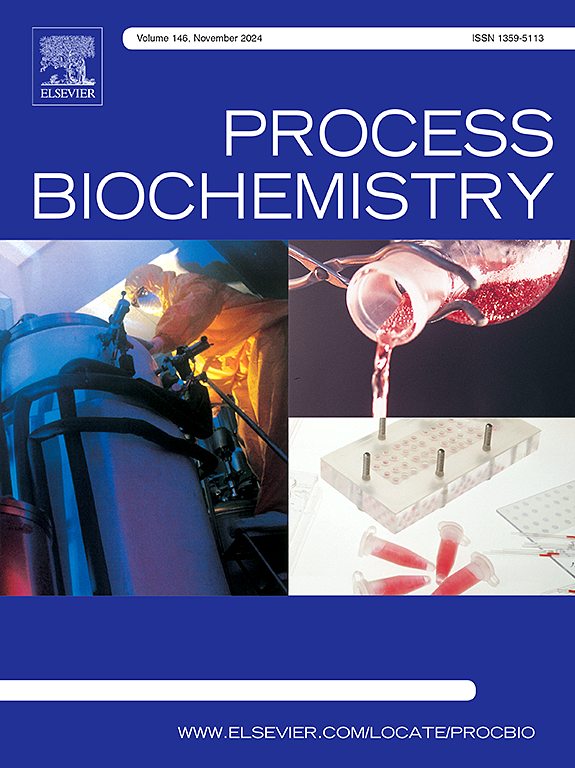Degradation of Dichlorodiphenyltrichloroethane (DDT) and its main metabolites (Diphenyldichloroethylene (DDE) and Dichlorodiphenyldichloroethane (DDD) using Trichoderma species
IF 3.7
3区 生物学
Q2 BIOCHEMISTRY & MOLECULAR BIOLOGY
引用次数: 0
Abstract
Trichoderma species' ability to metabolize a variety of pesticides has led to their widespread use in agriculture. Dichlorodiphenyltrichloroethane (DDT) is a recalcitrant xenobiotic compound that endangers both fauna and flora. The aim of this study is to screen, characterize, and evaluate potential Trichoderma species that have the capability to degrade DDT and its main metabolites. Soil and effluent water samples were collected from Addis Ababa, Koka, and Ziway. The enrichment culture technique was used to isolate Trichoderma species Based on its morphological characteristics and MALDI-TOF MS analysis identification, the isolate that was ultimately chosen was determined to be Trichoderma orientale. A general, full factorial design was employed in the optimization assay. The highest biomass (0.09 ± 0.14 g), spore count (5.71 ± 0.55 log/mL), and radial growth rate (6.7 ± 3.1 cm) of isolate T4 was discovered. Using a gas chromatograph-electron capture detector, the degradation assays were evaluated from DDT-amended liquid media. At initial concentrations of 1750, 3500, 5250, and 7000 mg/L, it was able to co-metabolize and degrade more than 96 % of DDT, DDE, and DDD simultaneously. The T. orientale had the highest degradation efficiency among all the reported DDT-degrading Trichoderma species. This study demonstrates the potential use of T. orientale for DDT bioremediation purposes.
求助全文
约1分钟内获得全文
求助全文
来源期刊

Process Biochemistry
生物-工程:化工
CiteScore
8.30
自引率
4.50%
发文量
374
审稿时长
53 days
期刊介绍:
Process Biochemistry is an application-orientated research journal devoted to reporting advances with originality and novelty, in the science and technology of the processes involving bioactive molecules and living organisms. These processes concern the production of useful metabolites or materials, or the removal of toxic compounds using tools and methods of current biology and engineering. Its main areas of interest include novel bioprocesses and enabling technologies (such as nanobiotechnology, tissue engineering, directed evolution, metabolic engineering, systems biology, and synthetic biology) applicable in food (nutraceutical), healthcare (medical, pharmaceutical, cosmetic), energy (biofuels), environmental, and biorefinery industries and their underlying biological and engineering principles.
 求助内容:
求助内容: 应助结果提醒方式:
应助结果提醒方式:


